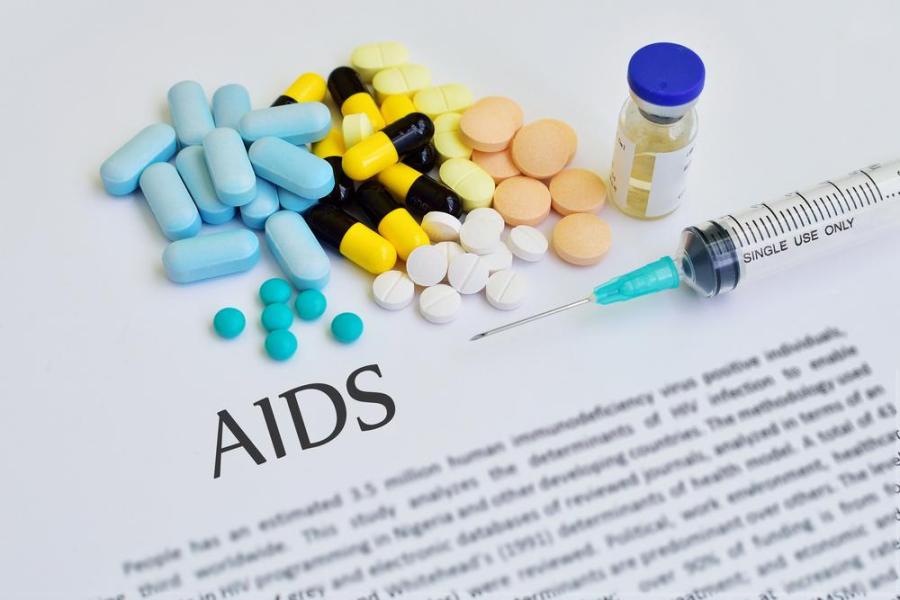
Treatment of HIV
Overview of HIV Treatment
The guidelines for managing HIV infection have evolved over time based on in-depth understanding of the disease and availability of new treatment options. The important concept of HIV management is “hitting the virus in the infancy of the infection and fighting it hard enough to prevent the infection establishment in the body”.
The goal of treatment is to boost the host immune system and CD4 count while reducing the viral load so that the body can defeat the virus. The treatment focuses on preventing replication of the virus inside the body. A close watch on CD4+ T cells is required to check the efficacy of the treatment as this cell count represents the improvement in the immunity. This improvement is possible only when the replication of the HIV virus is stopped.
The success of the treatment requires continued suppression of the viral growth. Although it is not an easy task, as, over a period of time, the virus learns to defeat the drugs and becomes less sensitive to the therapy. Such mutation of the virus can lead to failure of therapy. Therefore, treatment of HIV infection and AIDS usually lasts lifelong.
If you suspect that you have been exposed to the HIV virus or your partner is having the infection, immediately contact the medical doctor as there are early exposure treatment options. The treatment for prevention of HIV infection must be instituted within 72 hours of the exposure. The medical treatment to prevent HIV post exposure is known as post-exposure prophylaxis (PEP).
Medication for HIV Treatment: Antiretrovirals
The medications used for the treatment and management of HIV/AIDS are termed anti-retroviral drugs. There are 4 major classes of antiretrovirals:
- NRTIs (NucleosideReverse-transcriptase inhibitors)
- NNRTIs ( Non-Nucleoside Reverse-transcriptase inhibitors)
- PIs (Protease Inhibitors)
- IIs (Integrase Inhibitors)
It has been recommended by the Panel of Antiretroviral Guidelines for Adults and Adolescents that antiretroviral therapy , also called ART, be initiated for all newly diagnosed HIV-infected individuals. They concluded that best outcomes occur when the patient is taking 3 medications from a combination of different classes of antiretrovirals simultaneously. This is known as highly active antiretroviral therapy or HAART . The typical 3 drug combinations for HAART include; 2 NRTIs + 1 NNRTI, 1 PI, or 1 II. It is also strongly recommended that the treatment of HIV must be done by a specialist only.
Before beginning ART therapy the patient should be tested to see if they are infected with a resistant strain. These strains can be acquired through transmission from a person with a resistant strain or by the virus outsmarting the medications the patient has already been on. It is estimated that 6-15% of patients will have a resistant strain of HIV. Resistance testing is done on the genotype to help prevent therapy failure and improve treatment outcomes.
There is some debate as to when antiretrovirals should be initiated. Some say at a CD4 count of less than 250 while others say somewhere in the range of less than 350 to 500. The following is the most commonly recommended; once CD4 count is <500, in pregnant women, in HIV patients coinfected with HepC, in HIV associated with kidney disease, in those who engage in sexual activity with multiple partners and have increased risk of spreading the disease, and of course in the presence of AIDS.
The 3 drug combination therapy is very effective in controlling the disease and also minimizes the chances of resistance to the virus. Most of these agents are available as tablets and capsules. Apart from the combination drug therapy, patients with such a low CD4+ cell count should also observe preventive measures against opportunistic infections.
The medications in HAART target the viral RNA and prevents its replication, prevent integration of the viral particles in the host cells, inhibit the maturation of new virus in the body, and/ or directly damage the HIV virus and destroys them.
With the universal implementation of HAART, there has been a decrease in the deaths related to HIV and AIDS. In addition and the life expectancy and quality of life of an AIDS patient has improved dramatically.
Numerous efforts are still placed on the search for effective therapy and a vaccine for the HIV infection. While current medications can slow the progression of HIV/AIDS a permanent and complete cure is not achieved with any of these medicines.
In addition to antiretroviral therapy, other measures are taken to improve outcomes such as:
- Vaccination for prevention of vaccine preventable disease like tuberculosis, hepatitis, pneumonia, etc.
- Management of infections arising out of disturbed immunity.
- Treatment for signs and symptoms of HIV and AIDS.
- Nutritional support
- Management of adverse effects of anti-HIV medications.
Side Effects of HIV Medication
The antiretroviral drugs can cause many different side effects. Some common side effects of these agents include
- Loss of appetite
- Change in taste
- Neuropathy
- Allergy
- Jaundice
- Liver damage
- Kidney damage
- Muscle pain
- Weight loss
- Hypersensitivity
- Rash
- Increased risk for some types of cancers such as Stevens-Johnson syndrome
The chances of side effects increase in the presence of other medications because of drug interactions. It is required to conduct medical and laboratory examination periodically to watch for any unnoticed side effects such as liver damage.




